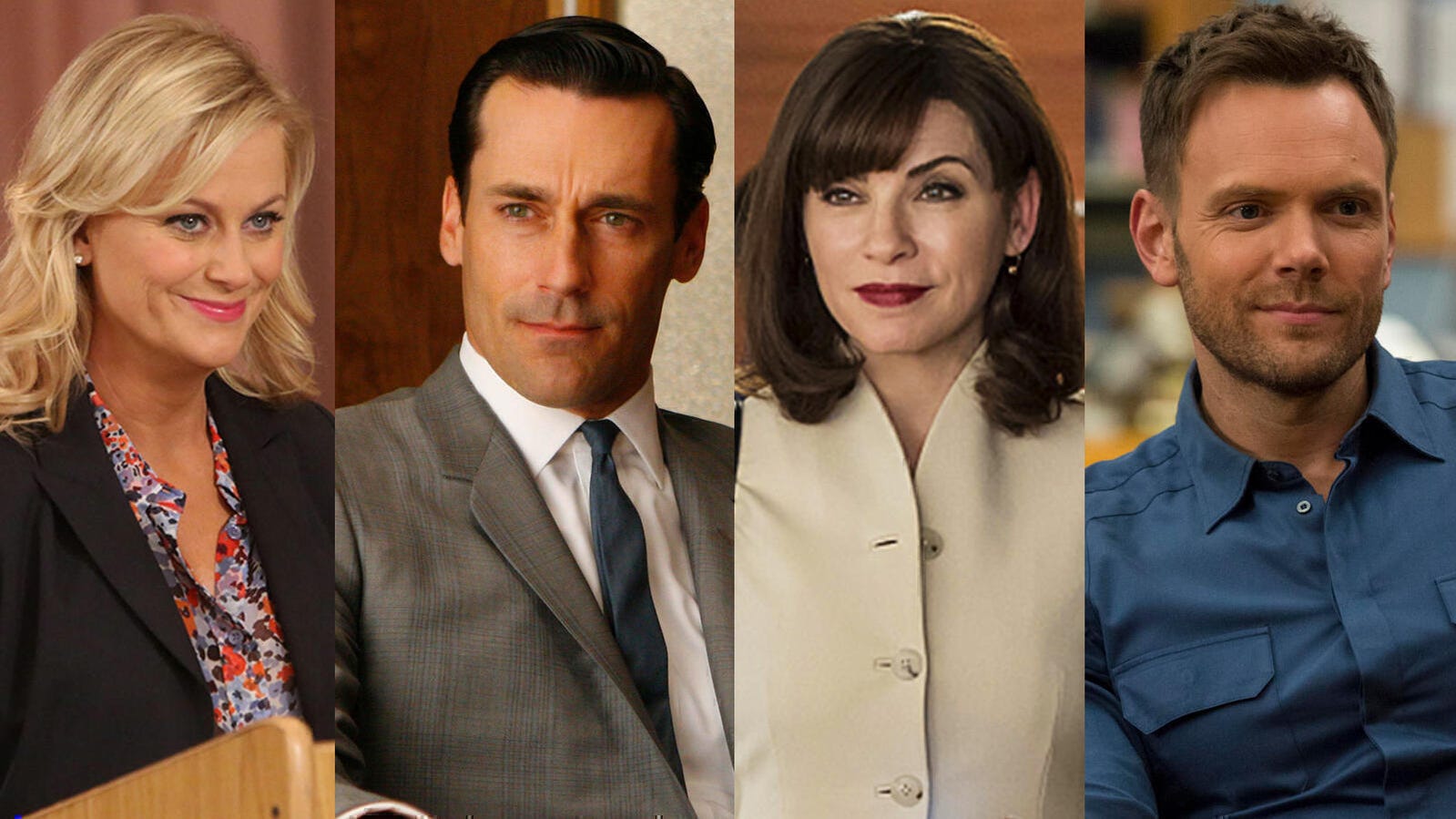
This Decade of Television Owes a Lot to These Late-2000s Shows
Shout-out to 'Mad Men', 'Breaking Bad', 'The Good Wife', and more

Looking at the list of TV Guide's best shows of the last decade, you'll notice it includes only programs that premiered on or after January 1, 2010. So while it features 25 terrific shows that will no doubt be remembered for the ways in which they broke our hearts and busted our guts -- sometimes at the same time -- the list doesn't necessarily reflect the true scope of TV in the last decade. Specifically, it leaves out series that premiered during the final years of the 2000s that carried over into the next decade, changing the landscape of television forever.
There's an argument to be had about our decision to limit our list to certain parameters -- thus excluding a high number of influential programs that aired, but didn't premiere in the past 10 years -- but we'd be remiss not to pay tribute to these shows that made so much of what we're seeing on TV now possible.
One of the biggest and most significant shows of this time was Matthew Weiner's 1960s period drama Mad Men, which first introduced the world to womanizing advertising executive Don Draper (Jon Hamm) in 2007. Together with Vince Gilligan's 2008 high-pressure crime drama Breaking Bad, which depicted a high school chemistry teacher's transformation into a drug lord across five adrenaline-fueled seasons, the series put AMC, a network previously best known for airing classic movies, on the map in terms of original scripted programming. Along the way, it also effectively completed the shift in power and creative achievement from broadcast to cable that HBO had begun years earlier with programs like The Sopranos.
Best TV of the Decade: The Shows, Moments, and Trends That Defined the 2010s
Both shows, now regarded as two of the greatest of all time, painted intricate portraits of flawed, morally corrupt men, tracing their rise and fall through deeply complex narratives, powerful performances, and a dedication to style as much as substance. As a result, both Mad Men and Breaking Bad, as well as the detail-oriented creative forces behind them, proved that TV could be an artistic achievement.
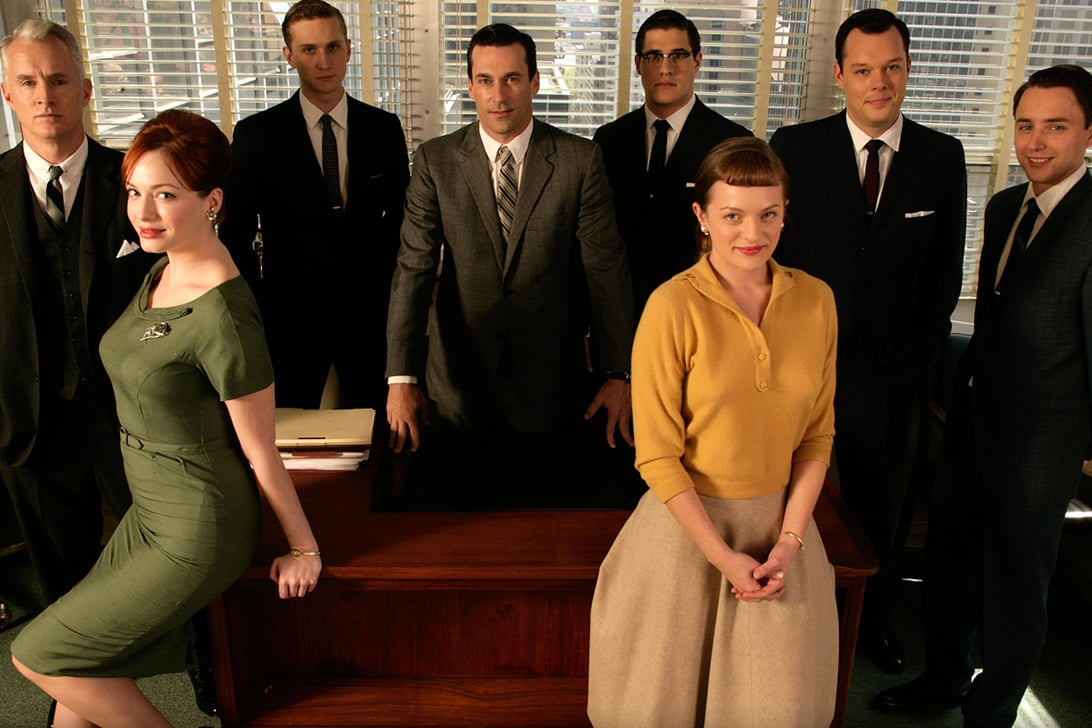
Mad Men
Of course, Don Draper and Walter White (Bryan Cranston) weren't the first of their kind; they picked up where men like Tony Soprano (James Gandolfini) and Vic Mackey (Michael Chiklis) left off before shepherding in a period in the first half of the 2010s that some have referred to as the Age of the Antihero because of how dominant these types of characters were. Their presence and popularity further opened the door for men like Boardwalk Empire's Nucky Thompson (Steve Buscemi), Sons of Anarchy's Jax Teller (Charlie Hunnam), and House of Cards' Frank Underwood (Kevin Spacey), among others.
But as one might expect, they also had the opposite effect as well; in the years since these shows signed off the air -- Breaking Bad in 2013 and Mad Men in 2015 -- there has been an increase in programming centered on decent, honest people doing good things (Jane the Virgin, Schitt's Creek, even The Good Place). The shift can be interpreted as an exhausted response to the antihero era, a desire for something good and light after many years spent cloaked in metaphorical darkness. Still, the stories of Don Draper and Walter White, lauded by critics for how intricate and nuanced they were, dominated the cultural discussion while they were on... even if the shows weren't necessarily reaching the viewing masses on a weekly basis at first.
The 25 Best Shows of the Decade
Despite their popularity among critics and Emmy voters, Mad Men's average viewership never cracked 3 million, while Breaking Bad's first four seasons averaged less than 2 million apiece. These ratings are particularly noteworthy, at least for Breaking Bad; though the show's first three seasons arrived on Netflix prior to the start of Season 4 in 2011, the series only saw a small increase in viewership that year. It wasn't until the show's final act that it truly benefited from a very real, very obvious Netflix bump: The second half of the final season debuted to nearly 6 million viewers on AMC, while a whopping 10.3 million tuned in to learn Walt and Jesse's (Aaron Paul) fate.
This was the first time a TV series was propped up on a traditional platform simply by being accessible on a readily available streaming service. In the years since, the Netflix bump has benefited series like Lifetime's psychological thriller You, The CW's soapy teen drama Riverdale, and the Canadian comedy Schitt's Creek. Knowing the power that streaming services like Netflix can have in boosting a show's performance and reach, network executives now look closely at streaming numbers as well as linear ratings to help them decide whether to renew or cancel a program, something that obviously couldn't have happened in the past.
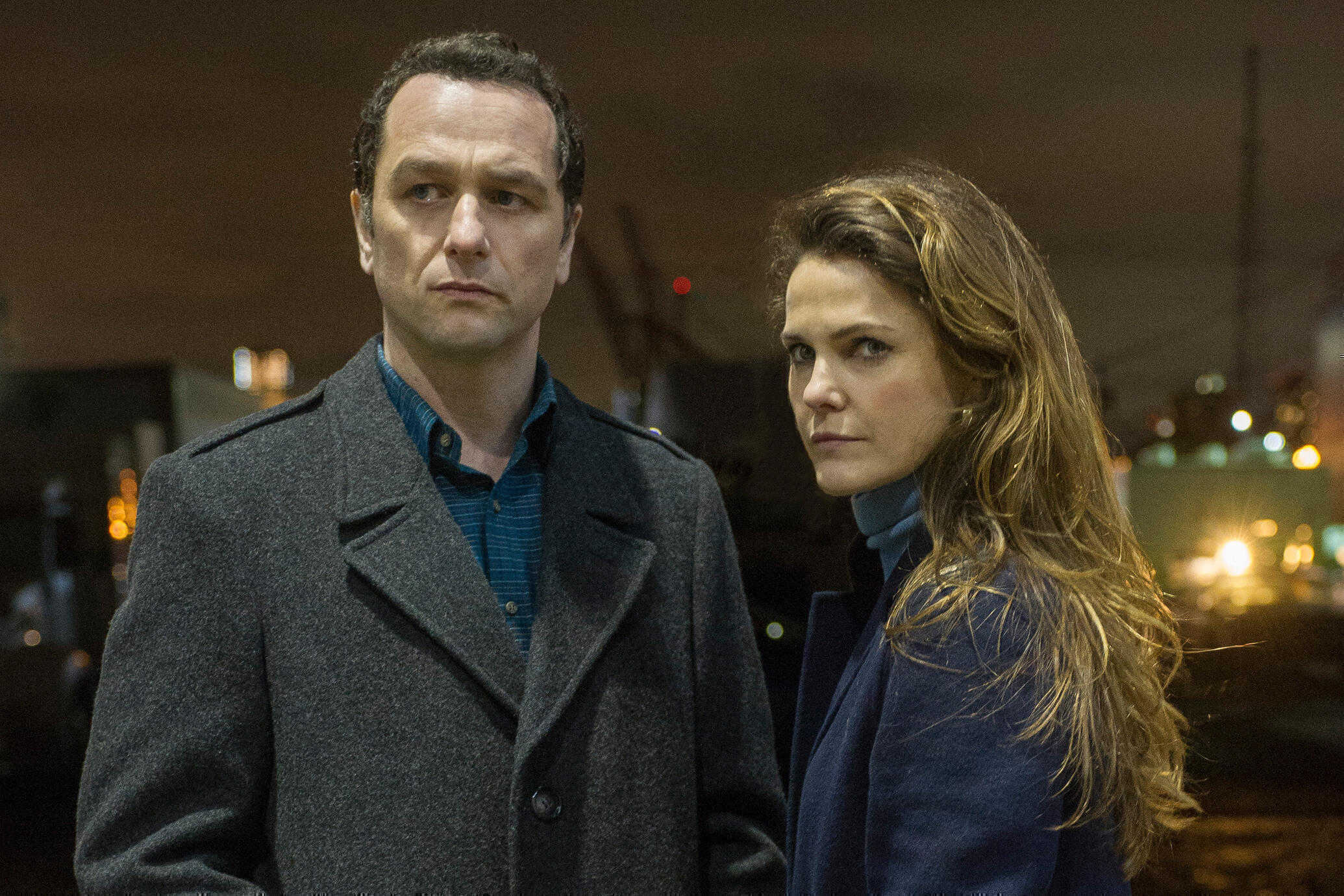
By the time Breaking Bad and Mad Men ended, they had cemented their places in the pantheon of TV greats, changing not only the way we tell stories, but also how we consume television and how we talk about and dissect it. But if AMC had the dark, critically acclaimed dramas locked down at the end of the last decade, NBC had its sights set on the bright lights of comedy, debuting two new series in 2009 that would eventually come to exceed viewer expectations by large margins while leaving a lasting mark on viewers' hearts.
When it premiered in April 2009, Greg Daniels and Michael Schur's Parks and Recreation, about small-town government workers in Indiana, failed to connect with audiences after attempting to model itself too closely after The Office, a long-running workplace comedy also developed by Daniels. Luckily, the show quickly and smartly reinvented itself in Season 2 and, as a result, became a heartwarming billboard advertising hard work and competence as a conduit to a happier, kinder existence. Much of the show's optimism and idealism were channeled through Amy Poehler's leading lady, Leslie Knope, and across seven seasons, the people of Pawnee, Indiana, no matter how quirky or strange they may have been, acted as a cool, refreshing reprieve from the darkness depicted in other critically acclaimed programs of the time.
FX and FXX Had the Best Decade of Any Networks
But if Pawnee was populated by good-natured weirdos, Dan Harmon's Community, which also debuted in 2009, took some familiar archetypes and turned them into fleshed-out human beings. The series followed a group of community college students who, led by Joel McHale's cocky and cynical Jeff Winger, almost reluctantly became friends through their study group. By way of their many wild adventures together, the broken individuals of the group, including former jock Troy (Donald Glover, right before he blew up), overachiever Annie (Alison Brie), pop culture-obsessed Abed (Danny Pudi), religious single mother Shirley (Yvette Nicole Brown), pretentious activist Britta (Gillian Jacobs), and boorish former tycoon Pierce (Chevy Chase), became whole. The show's college setting allowed for it to feature a number of unforgettable side characters, too, like Dean Pelton, Star-Burns, Magnitude ("Pop Pop!"), and even Leonard, but it was the show's talented core group, high-concept episodes that regularly parodied pop culture tropes, and its increasingly meta existence that made it one of the most memorable and innovative shows in television history, let alone the last decade.
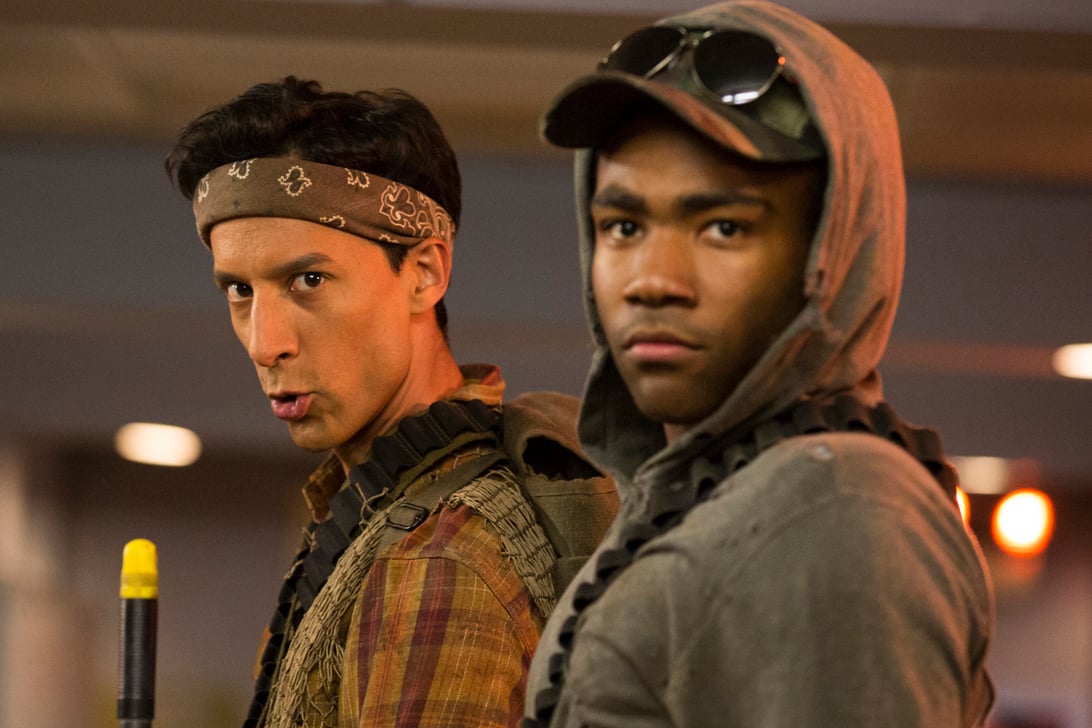
Danni Pudi and Donald Glover, Community
NBC, NBCU Photo Bank via Getty ImagesLooking back, what's most impressive about Parks and Recreation and Community, though, is their longevity -- especially in Community's case. NBC fired the mercurial Harmon after Season 3, but the writer returned for the comedy's final two seasons after a lukewarm reception to Season 4. Meanwhile, Chase departed the series in the fourth season after a mutual decision was reached between the actor and the network, Glover opted not to return full-time starting with Season 5, and Brown eventually left to take care of her ailing father, appearing in only a couple of episodes in Season 6. Despite the turnover and the show's perpetually low ratings, it managed to run for six seasons (five on NBC and one on ill-fated streaming experiment Yahoo! Screen).
While shows running for six or seven seasons of 20-plus episodes might have seemed commonplace a decade ago -- hell, even five years ago -- television as a whole is moving toward shorter seasons and potentially shorter runs. That Parks and Recreation and Community overcame obstacles to beat the odds, often (but not always) producing 22-episode seasons, is a major accomplishment worthy of celebration. Maintaining a certain level of creativity and quality over any length of time is even more impressive, though, especially when compared to basic cable or pay cable series, which can range anywhere from eight to 13 episodes. It's so impressive, in fact, that The Good Wife, another influential series that bowed at the end of the last decade, used the same argument in its memorable 2014 Emmy campaign.
Debuting on CBS in 2009, The Good Wife was a worthy competitor for the prestige cable (and later streaming) series that aired over the last decade, and it was so, in large part, because of its serialized nature. Starring Julianna Margulies as Alicia Florrick, a woman who returns to her career as a lawyer after her husband is jailed following a notorious political and sex scandal, the show ran for seven seasons, maintaining its high quality throughout. In its fifth season, a time when most series are running out of steam and phoning it in, The Good Wife shocked fans when it killed off a major character played by Josh Charles, proving that it was not only capable of going the distance, but that it was going to also produce some of the best and most compelling stories of its run at the same time -- and do it all in 22-episode seasons.
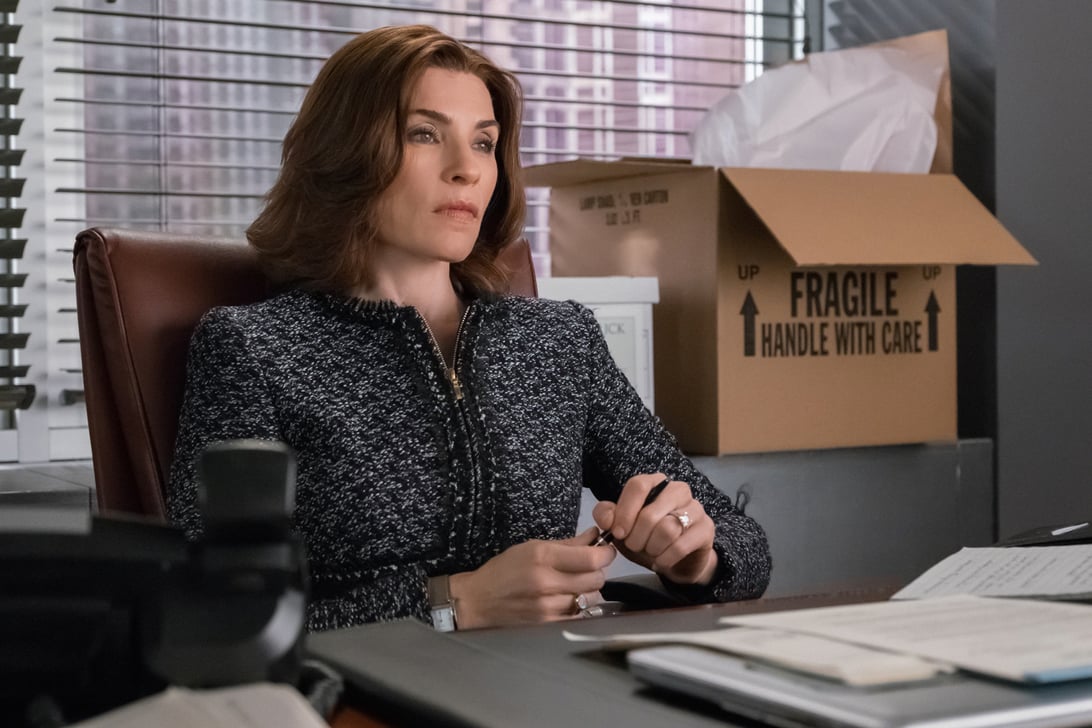
Julianna Margulies, The Good Wife
Jeff Neumann, CBSThe show, which ended in 2016 and later launched a successful CBS All Access spin-off, The Good Fight, was one of the last few broadcast dramas to be able to pull off this sort of feat. The fact that it did so while airing on CBS, a network known for its long-running procedurals and multi-camera comedies, makes it all the more significant. But television has changed since then, and it is still changing today. The only broadcast drama to have been nominated for an Outstanding Drama Emmy since The Good Wife is NBC's emotional family drama This Is Us-- though neither show has walked away with the top prize.
The end of the last decade was an embarrassment of riches for television, and it becomes more and more apparent as we move further and further from that point in time. You simply cannot deny the power of the programs that debuted at the end of the last decade and how they came to dominate a period that would come to see more shows than ever before. And just to drive this point home, we didn't even touch on shows like FX's The League, a raunchy hangout comedy that took the improvisational template of Curb Your Enthusiasm and pushed it in even crazier directions, or The CW's The Vampire Diaries, a teen-centered drama that came in at the end of the vampire craze and helped to change not only the face of a young-skewing network but also the perception of genre fare. Other shows that stand out include Sons of Anarchy (2008-2014), Southland (2009-2013), Glee (2009-2015), Archer (2009-present), and Cougar Town (2009-2015), just to name a few.
So much has changed since these shows premiered, but so much of what we learned from these shows remains, and will remain, as we enter the next decade of television storytelling.
